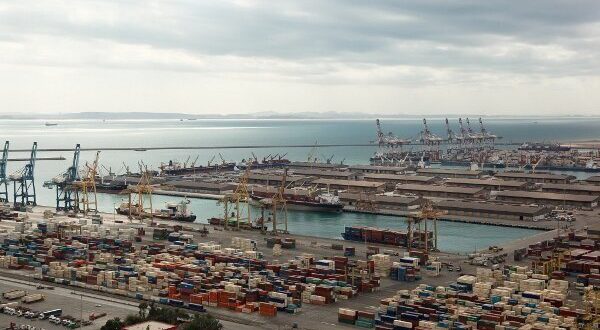More than 328,000 tons of goods worth about $164 million were exported to member countries of Eurasian Economic Union (EAEU) via customs of Gilan province, northern Iran, since October 27, 2019 – the date of entry into force of the Interim Trade Memorandum between Iran and EAEU – till the end of last Iranian year on March 20.
Gilan Customs Supervisor Abolghasem Yusefi-Nejad made the announcement, saying that the figure shows a 86% and 69% jump in terms of volume and value, respectively, in comparison with the corresponding period of last year.
The exported products from Gilan mainly include mineral products, vegetables, fruit, dates, raisins, tea, glass, food products, textile and plastic products.
A total of 467,000 tons of goods worth $327 million were imported into the northern Iranian province from the Eurasian countries in the same period, registering an increase of 43% and 33% in weight and value year-on-year, Yusefi-Nejad added.
Iran and EEU are looking to substantially increase trade, as they signed a three-year provisional agreement in Astana, Kazakhstan, on May 17, 2018, for the bloc to welcome Iran into EEU.
The preferential trade agreement came into effect on October 27, 2019, based on which the two sides have three years to upgrade the treaty into a full-fledged free trade deal that lowers or abolishes customs duties.
The average tariff set by EEU for Iranian goods as part of their provisional preferential trade agreement stands at 3.1%, while Iran’s average tariff for commodities from EEU amounts to 12.9%, according to the deputy for international affairs with Iran Chamber of Commerce, Industries, Mines and Agricultures.
Iran and EEU have a total of 862 types of commodities listed in their PTA. As per the deal, Iran will enjoy much easier export terms and lower customs duties on 502 items and the same go for 360 items from the EEU member states.
 Iran Energy News Oil, Gas, Petrochemical and Energy Field Specialized Channel
Iran Energy News Oil, Gas, Petrochemical and Energy Field Specialized Channel




